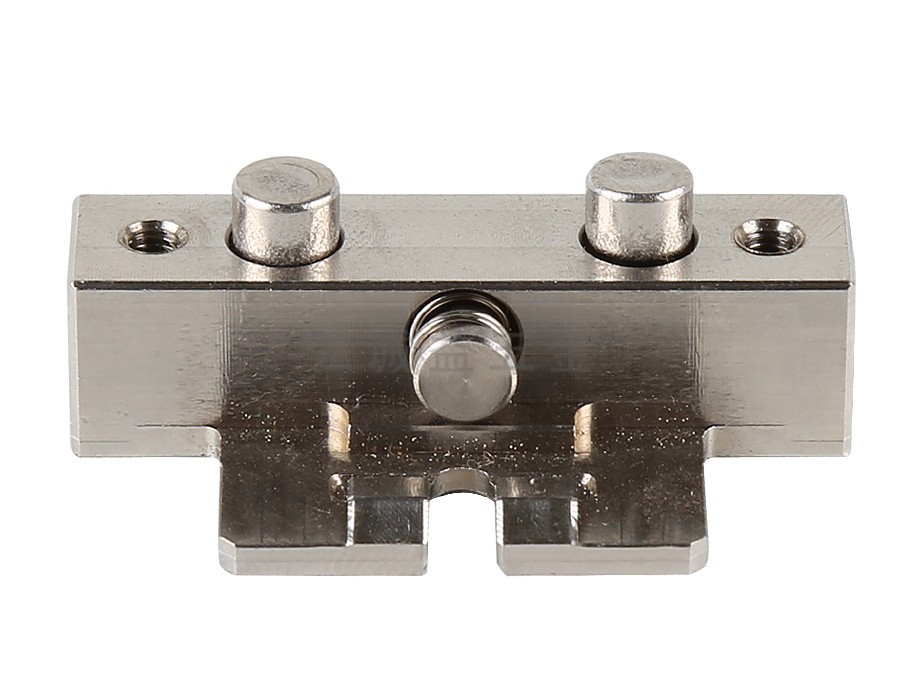
CNC machining is an integrated high-precision and high-efficiency machining method that can be applied to the processing of various parts. The following is an introduction to some common CNC machining parts:
Shaft parts: CNC lathes can process various types of shafts, including straight shafts, crankshafts, stepped shafts, and various specifications of stepped shafts, with a surface roughness of up to Ra0.8.
Disc parts: CNC lathes can process various types of discs, such as gears, flanges, end caps, adjustment rings, etc., with a surface roughness of up to Ra0.8.
Sleeve parts: CNC lathes can process various types of sleeves, such as bearing sleeves, hydraulic cylinder sleeves, cylinder sleeves, etc., with a surface roughness of Ra0.8.
Box parts: CNC lathes can process various types of boxes, such as gearbox boxes, engine cylinder blocks, etc., with a surface roughness of up to Ra0.8.
Rod parts: CNC lathes can process various types of rods, such as piston rods, guide rods, transmission shafts, etc., with a surface roughness of Ra0.8.
Gear parts: CNC lathes can process various types of gears, such as cylindrical gears, bevel gears, worm gears, etc., with a surface roughness of up to Ra0.8.
Spring parts: CNC lathes can process various types of springs, such as cylindrical springs, plate springs, conical springs, etc., with a surface roughness of up to Ra0.8.
Worm parts: CNC lathes can process various types of worms, such as cylindrical worms, conical worms, etc., with a surface roughness of up to Ra0.8.
Cam parts: CNC lathes can process various types of cams, such as cylindrical cams, conical cams, etc., with a surface roughness of Ra0.8.
Other parts: CNC lathes can also process various types of parts, such as sprockets, ratchets, grooved wheels, etc., with a surface roughness of up to Ra0.8.
In short, CNC machining is a very flexible machining method that can adapt to various types and shapes of parts processing.